Suicidal thoughts
Children with autism are more likely to attempt suicide than their typical peers are, particularly if they are depressed or living in low-income families, says a January study in Research in Autism Spectrum Disorders.
From funding decisions to scientific fraud, a wide range of societal factors shape autism research.

Children with autism are more likely to attempt suicide than their typical peers are, particularly if they are depressed or living in low-income families, says a January study in Research in Autism Spectrum Disorders.
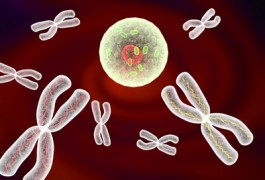
Research into the 22q11.2 chromosomal region, which is linked to both schizophrenia and autism, can provide important insights into how rare duplications and deletions may lead to neuropsychiatric disorders, says Maria Karayiorgou.

Three new studies published in March suggest that some infants who have a high risk of developing autism show early differences in brain responses to sight and sound.

Online tools to collect data on children with autism provide an opportunity to expand sample sizes and reach a broader audience. But how far can these tools go in replacing traditional clinical evaluations?
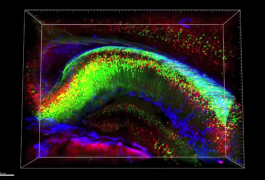
A new method that renders the brain transparent generates unprecedented views of long-range neuronal connections, researchers reported 10 April in Nature.
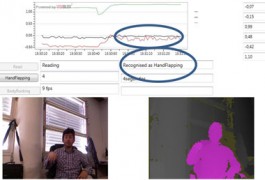
Researchers have adapted a motion-sensing video game controller to detect repetitive movements that are characteristic of autism, according to a preliminary study published in the 2012 Conference Proceedings – IEEE Engineering Medical Biological Society.
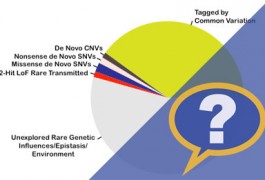
Exome sequencing has produced a wealth of insight into the heritability of autism and identified a number of promising risk genes. But how much risk lies outside the exome?
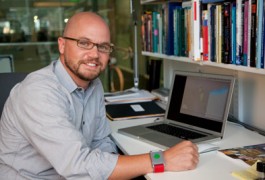
Matthew Goodwin aims to use wearable sensors and computational techniques to help scientists understand hand flapping and other behaviors in children with autism.
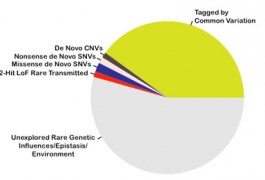
Jason Stein and Daniel Geschwind analyze how different types of genetic variation contribute to autism risk.
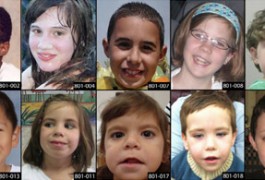
Children who carry an extra copy of the 15q11-13 region of the genome usually have autism and sleep troubles, as well as distinctive brain-wave patterns and facial features, according to a report published 14 March in Autism Research.